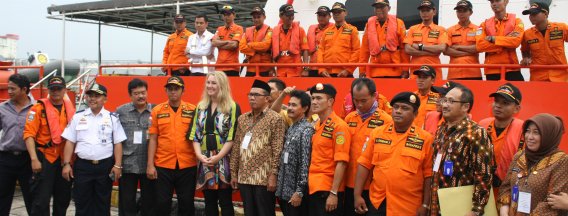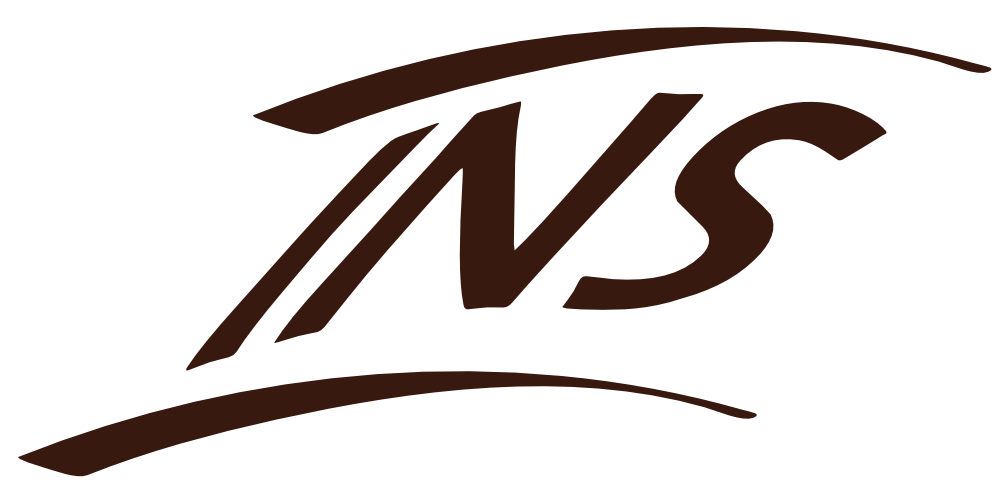25 Nov 2016
Speech | 24-11-2016

Your Excellency , ladies and gentlemen,
Selemat sore,
Thank you for inviting me to open this seminar today.
Coming from the Netherlands, I strongly relate to today’s key theme: maritime cooperation and port development. These are topics that strike a chord with everyone in my country. That certainly applies to the delegation of Dutch experts and businesspeople here this week. With 180 people from nearly 130 companies, this is one of the biggest Dutch trade delegations in history. And water is the driving force behind nearly half of these companies. Water is a vital element of the ties between our countries.
But there is more.
Like many people in the Netherlands, I feel a close personal link with Indonesia, especially with Jakarta. Because 3 generations of my family have lived here. My father was born here, which creates a strong bond.
I have been a lot of times in your country and I have many vivid memories. That makes this visit special. Seeing and observing for yourself, speaking with people in person… that’s the key to better understanding each other’s challenges.
That’s why is was a great honour to receive President Widodo last April in the Netherlands. Of course I invited him for a boat trip! Our country is a maritime nation. Like Indonesia! So, why can’t we do the same? Let’s go on board! [virtually I mean. You can stay where you are].
Let’s start from Maasvlakte 2. The Port of Rotterdam’s newest area, which has just become operational. The newest part of our country.
Our country has gained 2,000 hectares of new land. The first ships arrived two years ago. The port expansion took almost 15 years. Thanks to Maasvlakte 2, the port of Rotterdam expanded by 20 per cent. Container capacity doubled.
Why did we develop Maasvlakte 1 en 2? Miles away from the city of Rotterdam?
Because, like Indonesia, my country is becoming more and more urbanised. Like Jakarta, our ports are located in densely populated areas.
The Netherlands have made the choice to develop the port outside the city.
It was a risk. For most companies, it wasn’t natural to settle many miles outside the city. Some people called this in the beginning ‘the logistic blooper of the century’. But it turned out to be differently.
We learned from the past. Let me tell you a little history.
I take you back to the mid -1850’s, to the port of Vlissingen.
The Dutch government in those days, wanted to turn this town into the main Dutch hub for international trade. They poured money into train tracks, warehouses and crane rails.
But years later, when a photographer went to take photos of the port, he found it looking sad and empty. In the meantime, the once provincial town of Rotterdam – to the north – had grown into an international port. Without any conscious planning.
Rotterdam was well situated, of course. And very well connected to its hinterland. But the real source of growth was the people who lived and worked there. People and companies with confidence in the future.
In other words, infrastructure alone is not enough. You also need people and companies with commitment. Connecting with the community is almost more important than technical knowhow.
For the development of Maasvlakte 1 en 2, it was crucial that there was a good cooperation between private and public parties. And I am sure this is also a basic principle for the development of the Port of Jakarta.
Let’s move on. The Port of Rotterdam.
Talking about the Port is talking about the strategic position. We’ve always made grateful use of our strategic location:
-Directly on the coast.
And with good connections to the largest European cities and industrial areas.
The Netherlands grew thanks to trade by water. Our ancestors bought timber and grain from the distant European hinterland. And shipped them from our ports to other countries, where they were traded for other valuable commodities. It was trade that enabled cities like Amsterdam and Rotterdam to develop and grow.
Good ports with good hinterland connections are absolutely vital for the Dutch economy: 90% of our import and export volume is transported by sea!
The Port of Rotterdam is particularly crucial.
It’s the biggest port outside Asia.
It provides jobs directly for 90 thousand people.
Most of the millions of tonnes of cargo is transhipped by road, rail and water further into Europe.
The Dutch government understands this. And we also understand that global competition is growing. That continual investment is needed to create the best conditions.
In the Netherlands, port connectivity is a major priority. Our country has an international reputation when it comes to logistics.
A port’s success depends on good connections with the hinterland. So we invest not only in good road links, but also rail connections and – the Netherlands being a country of water – inland waterways.
And last but not least, a port needs shipping connections. The quality of the crew, of the marine equipments, of the ships. I am very proud on all the Dutch marine knowledge we bring this week, also on this expertise.
I talked about the importance of water for our country. In that way water is a friend of the Netherlands. The source of welfare and economic development.
But our story is not completed when I don’t mention the other side: Water as a enemy. That’s why I show you the Maeslantkering, the most innovative storm surge barrier of the world. It protects not only two million people in the case of high sea level. But it protects also the Port of Rotterdam with all his economic importance.
Our boat-trip is ending here. I hope you recognize some of our challenges. Your President was very clear on his ambitions. He said: ‘Oceans, seas, straits and bays are the future of our civilisation.’ He wants Indonesia to embrace the water. And transform your country into a global maritime fulcrum.
My country too is a maritime nation. I recognize – and welcome – your maritime initiatives and ambitions. Port connectivity and creating space are issues in Indonesia as well.
The Port of Tanjung Priok in Jakarta wants to expand beyond the port itself. You’ve identified opportunities to create a new Port of Jakarta by constructing the OPQ Islands.
Many Dutch companies are eager to work with Indonesian partners on your country’s water-related issues – especially the development of your ports. I’m delighted at your interest in Dutch knowledge and expertise.
And I’m proud that our dredging companies, shipbuilders, engineering firms and research institutions have such a good reputation. So I’m pleased that we signed a new Memorandum of Understanding on maritime cooperation last April.
A lot has happened since then. There is now a blossoming partnership with the Port of Rotterdam. Various agreements are in place or under negotiation for 2 of the 5 priority ports: Jakarta and Kuala Tanjung.
I’m delighted at the new steps we’re taking. Like the new Memorandum of Understanding which my Indonesian colleagues and I plan to sign on cooperation in the Port of Jakarta project.
These are memorable occasions. Not only because of their economic significance. But also because they mark a new step in the longstanding relationship between our 2 countries.
Thank you!



